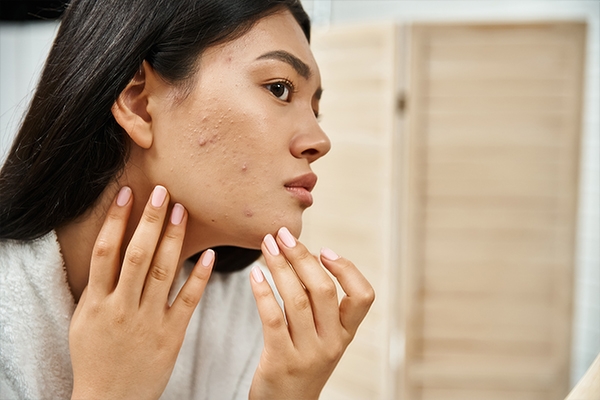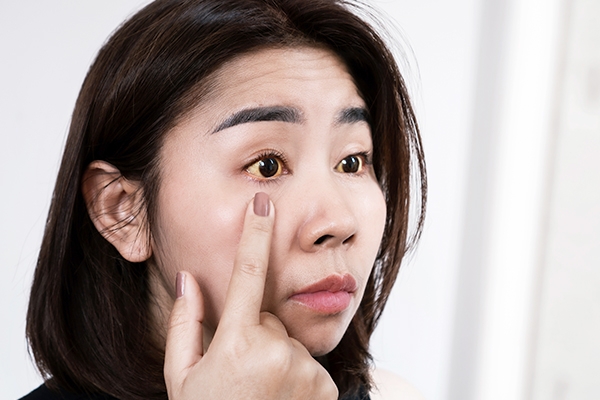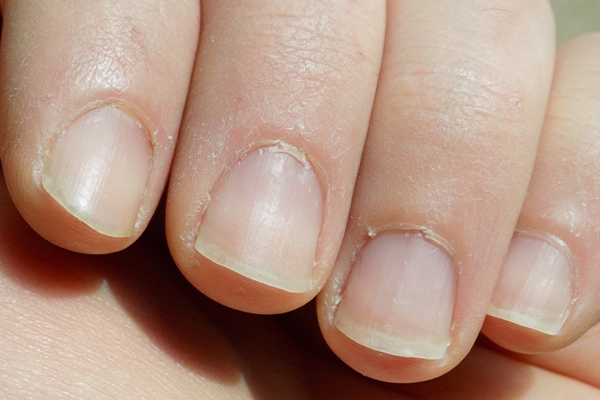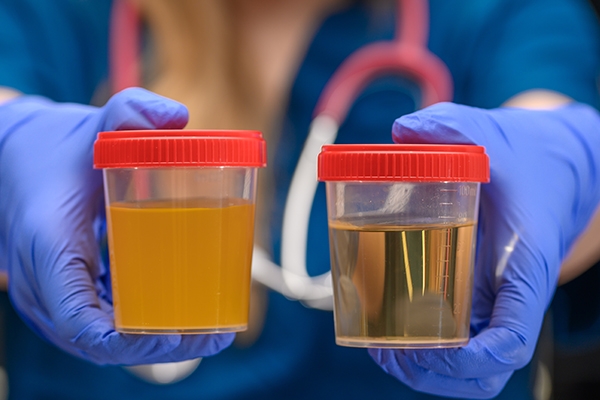Warning Signs from Your Body: Symptoms You Should Never Ignore

The body often gives signals if there is a hidden health problem. Understanding the signs of a sick body can help you detect medical conditions early before they become serious.
Check out some common signs that could signal a health problem:
1. Snoring can be a sign of a serious illness

Snoring can be embarrassing and annoying at times. However, snoring can be signing that you are not as healthy as you think.
Snoring is linked with many health problems, such as sleep apnea, obesity, heart disease, GERD (gastroesophageal reflux disease), and stroke.
2. Pale skin or acne

A pale skin color may indicate hemoglobin deficiency. If your pale skin color is accompanied by fatigue or weakness, it could be a sign of anemia.
In such cases, you need to add iron-rich foods, such as green vegetables and red meat.
Acne on your face can also be a symptom that you have certain health problems. For example, acne on the chin might be related to digestive problems. Acne on the forehead is often linked to lifestyle, including hygiene, sleep, and diet.
3. Eye color changes

The sclera, the white part of the eye, is a protective layer covering more than 80% of the eyeball. Healthy sclera are white. But what does it mean if the sclera changes color?
If your sclera turns yellow, it is an indication of a problem with the gallbladder, liver, or pancreas.
Red eyes can be sign of infection, dry eyes, and internal bleeding.
Clumpy yellowish spots on the eyelids may indicate high cholesterol. Protruding eyeballs could sign of increased thyroid hormones.
4. Changes in nail shape, color, and texture

The shape, texture, and color of your nails can indicate how healthy or unhealthy you are. One of the most common causes of yellow nails is a fungal infection, although smoking and nail polish colors can sometimes cause nails to turn yellow.
However, yellow nails can be caused by poor circulation and fluid retention in the body, along with respiratory problems. This condition is known as yellow nail syndrome.
As the infection worsens, the nail bed can retract, and the nail can thicken and crumble. In rare cases, yellow nails can indicate a more serious condition, such as severe thyroid disease, lung disease, diabetes, or psoriasis.
If the majority of your nails are white with darker edges, this could indicate a liver disease, such as hepatitis.
Ridges in your nails, or abnormal nail growth, could indicate a nutritional deficiency.
5. Excessive bloating

Excessive bloating could indicate lactose intolerance, irritable bowel syndrome, or celiac disease. On average, people fart 10-20 times a day. Anything more is considered excessive.
6. Always feeling tired even though you have enough rest

Feeling tired after doing a lot of activities is normal. However, if you feel tired all the time even though you have enough rest, your health may be problematic.
Your fatigue may be caused by a problem with your thyroid gland function. However, there may be other causes behind your fatigue, such as consuming too much caffeine, not getting enough sleep, dehydration, low iron levels, not exercising enough, and consuming too much sugar.
If you are always tired, pay attention to your diet, physical activity, and hydration status, and consult a doctor about any nutritional deficiencies.
7. Cloudy or foamy urine

Healthy urine is pale yellow or straw yellow and odorless. Changes in urine color, such as orange, red, and dark brown, may result from health conditions, food intake, medicines, or supplements.
Foamy urine may indicate excessive protein consumption. If this occurs frequently, it could signal kidney or gallbladder issues.
8. Changes in tongue color and texture

A thin white coating on the tongue is normal. However, if the white coating thickens, it may result from a yeast infection or excessive mouthwash use.
An unhealthy tongue may appear red, smooth, or black. Other signs of tongue health include soreness and enlarged, swollen papillae, or small bumps on the tongue. Changes in tongue color are sometimes the first sign of a health problem.
A pale color indicates a lack of hemoglobin; a bright red color can be caused by iron and vitamin deficiencies; a purple color mau suggest a vitamin B2 deficiency, poor circulation, or heart disease.
If the texture of the tongue shows raised red spots, this may result from hot drinks or a vitamin C deficiency.
**
Recognizing early signs of a sick body is crucial for preventing serious medical conditions. If you experience any of the these symptoms continuously, visit GWS Medika Clinic, a healthcare in Jakarta, for further diagnosis and treatment.



